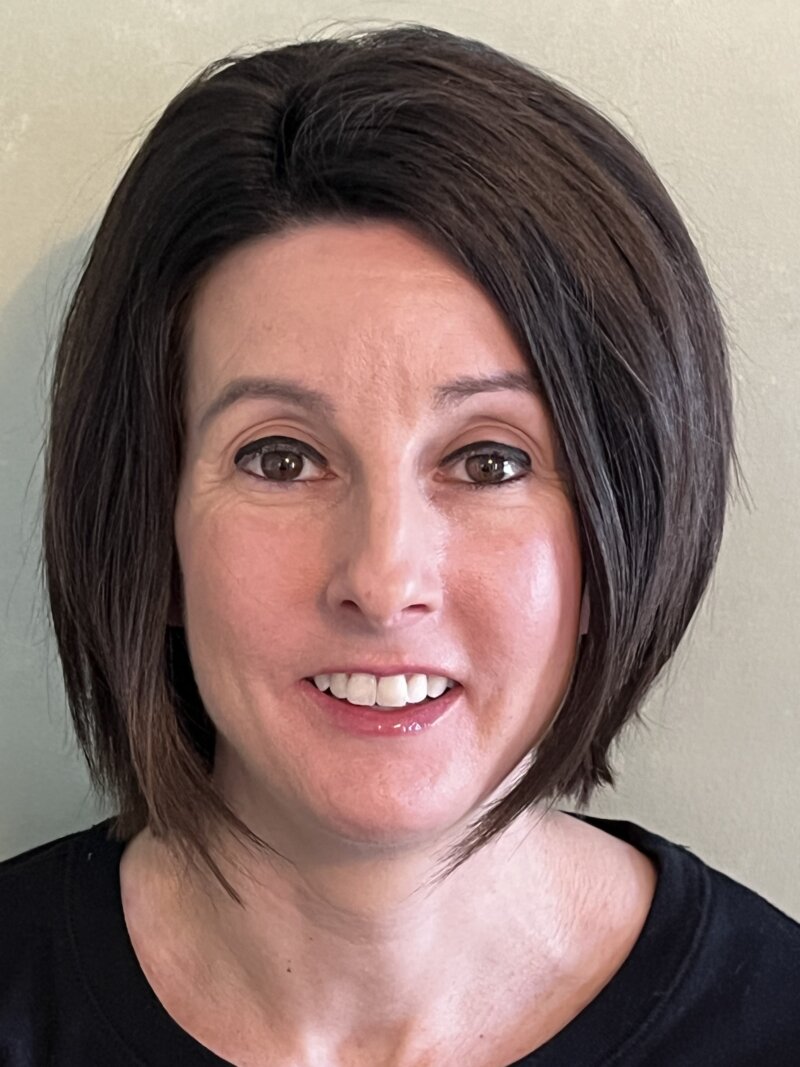Blood Sugar Balance with Kristie Lambert – Pediatric to Adult Care
The content below is provided by Kristie Lambert, MSN, APRN
K ristie Lambert is an Adult Nurse Practitioner who specializes in Endocrinology. She completed her Bachelor of Science in Nursing at the University of Toledo and then earned her Master’s of Science in Nursing at the University of Akron. She has a passion for diabetes and has been working in this field since 2011.
ristie Lambert is an Adult Nurse Practitioner who specializes in Endocrinology. She completed her Bachelor of Science in Nursing at the University of Toledo and then earned her Master’s of Science in Nursing at the University of Akron. She has a passion for diabetes and has been working in this field since 2011.
In her spare time she enjoys reading, boating and spending time with family and her dog CJ.
Pediatric to Adult Diabetic Care
Getting the diagnosis of type 1 diabetes (TD1) can cause a whirlwind of emotions. The moment you get the diagnosis your life is changed forever. You have many things to learn and take into consideration, that you never had to before and that most people will never have to do. You are scared, anxious and overwhelmed.
Then you meet your pediatric diabetic care team, who guides you, teaches you, encourages you. They have been there for you. Each passing year, you are becoming more comfortable with TDI because of them. You trust them. One day, that support team, the familiarity of the office, its staff and your provider, will change. All because you are getting older.
This process can come with another whirlwind of emotions, from uncertainty to feeling overwhelmed and not knowing where to start. It is important to have a plan in place and clear expectations of what to expect, as it is during this transitional phase that young adults are at increased risk for glycemic events and complications.
Pediatric Side
Your pediatric diabetic provider should start preparing you about 1 year prior to when they will stop seeing you. Preparation includes:
- Taking on more responsibility. Your pediatric provider should encourage you not just to check blood sugars and take your insulin but also in scheduling appointments and ensuring you have enough medications and supplies at all times.
- Referral. Finding a new provider and forwarding records (You will need to make sure they are covered by your insurance).
- Schedule. Your first visit should be 3-4 months after the final pediatric visit (you will need to keep in mind the possibility of a wait list with the new provider, it may take 3-4 months from the time you call to schedule an appointment to get seen).
If you are in your mid to late teens and this has not been brought up, do not be afraid to ask. The sooner this starts, the better.
Adult Side
When transitioning to the adult side of diabetes care, there is a focus on the patient being able to manage all aspects of the disease. It is not expected that you know everything, but you will need to take more ownership in managing T1D. Expectations include:
- Have a basic understanding of T1D and how to properly manage it.
- Be able to schedule appointments and most importantly, keep appointments.
- Have a basic understanding of your insurance and formulary coverage.
- Communication. You need to be open and honest with your new provider about all aspects of diabetic management and factors that may complicate that, such as alcohol and drug use, eating disorders and mental health concerns. These factors can and do affect blood sugar control. If they don’t know, they can’t help you.
Responsibility is the major theme and expectation when moving from the pediatric to the adult side of diabetic management, with successful long term management being the end goal. If you need help or are not sure about something, do not be afraid to ask, that is what your diabetic care team is there for.
Kristie Lambert, MSN, APRN